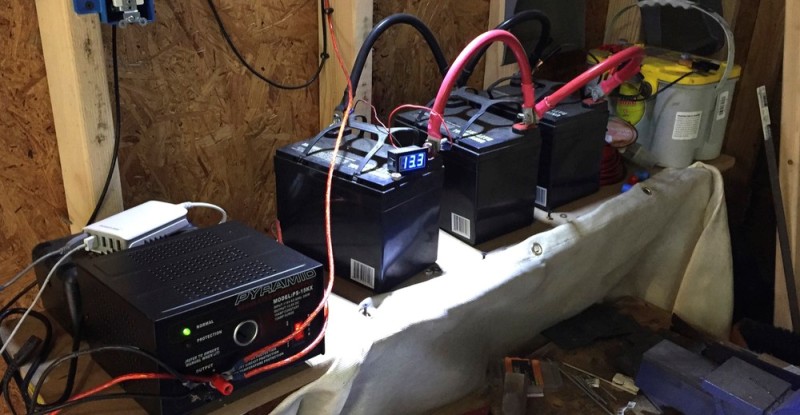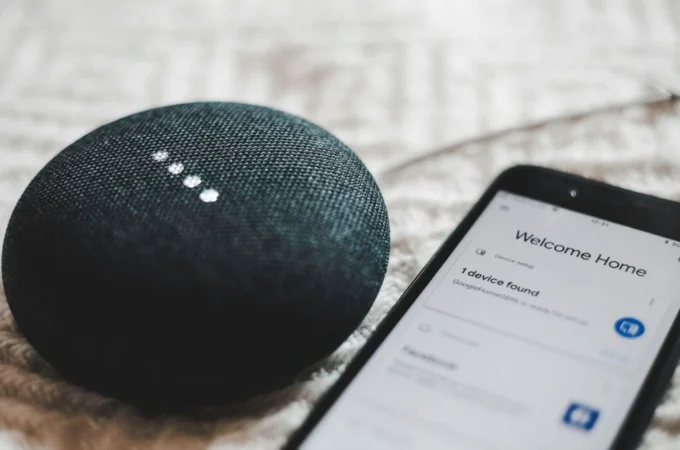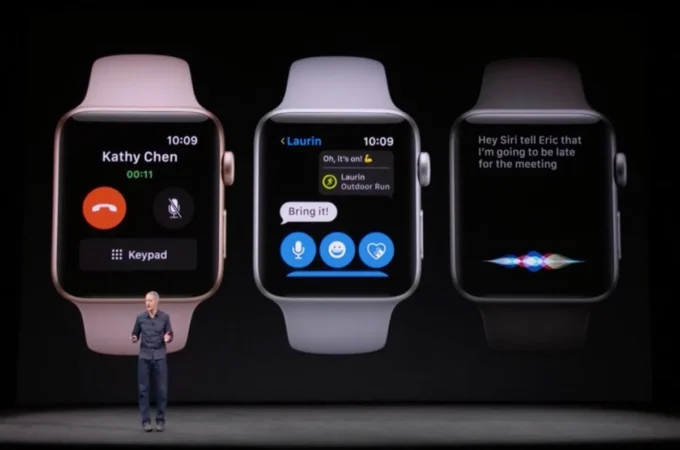
How Long Will a Deep Cycle Battery Power an Inverter?
You need a deep cycle battery to power up appliances and devices, including microwave, oven toaster, television, Oil Heaters and so many more. It is ideal for sustained energy for applications like recreational vehicles, marine applications and off-grid renewable energy. It can offer not just a quick start because it is so versatile that it’s also useful for materials handling and golf carts. You can also buy 12 volt dc power supplies for your appliances if you want something new.
Also, one of its most important uses is powering our inverters. So, the question is, “how long will a deep cycle battery power an inverter?” Let us go ahead and answer that in the following sections.
First, what’s a deep cycle battery? According to BestnetReview, It pretty much looks like a car battery, but it is more than what meets the eyes. It pretty much looks like a car battery, but it is more than what meets the eyes. This battery is a lead battery designed to offer a sustained power supply over a time period. It can run reliably until it’s about 80% discharged.
However, Best RV Inverter Charger you should not discharge it below 45 percent if you want to extend its life.
How long will a deep cycle battery power an inverter?

Its run time will depend on its capacity and load amount. Here’s the solution
Calculate the amps and then divide the results by 12. Set it aside.
Calculate the ampere rating of all the devices to run on the inverter.
Afterwards, add ½ amps for your inverter. Take note of the sum, and then divide that into the first result that you have.
The figure to get here will be the operating time of your battery in hours. But if you have more deep cycle batteries in parallel, you will have a longer run time.
So, how long can the deep cycle battery operate my inverter? The amount of time that your inverter will power all devices and electronics connected to it will vary based on the battery power and its load supported.
Simply, you will decrease the run time of the battery with the more tools, devices and appliances you plug into it. But then of course, you can always connect as many batteries for longer runtime.
NOTE: Marine batteries have high reserve ratings, so they can deal with repeated drains and recharging. However, they should not be discharged below 50% or it will have a short lifespan. This figure is based on different manufacturers’ recommendations.
However, the run time can also be hard to determine in some cases when the battery type and capacity is unknown as well as without info on the amp-hours of the battery. In addition, it can be hard to figure out if you don’t know if the battery is a starter battery or a deep cycle battery. But in all cases, the max load capacity of the inverter isn’t that significant, but its efficiency is much more.
How many batteries to run an inverter?
In order to size your battery bank, you have to take hours needed multiplied by watts.
The result is the total watts per DC volts equal amps needed.
So, if you have 2000W 12V inverter that you want to max out, you are going to pull 2000W per 12 volts = 166.6 DC amps/hour.
If you’re going to use a 200AMP 12V battery, you will have to divide the 200A/166.6A, resulting to one and a half hour of runtime. The example is if you want to deplete the battery fully, but it shouldn’t be the case to prevent shortening its life.
Another example
If you have a 100Ah battery and a load consuming 65W/12V equals to 5.42A, your battery will last up to 18.45 hours (or approximately 17 hours because some inverters are not 100% efficient).
Can I use automotive battery to run inverter?

Yes, you can, but you must remember that it can only provide a large current amount for a short time period. It is also never drained for over 20% of its overall capacity. It is not designed like a deep cycle battery. Thus, it can wear out and die quicker.
If you plan using the automotive battery, however, you need to know the amp hours rating of the battery. So, if it has a 90-hour amp rating, you might be able to run 400W of continuous load for about two hours. The longer your battery will last with a high amp hour rating.
For the best results, you should use a deep cycle battery, which can offer high current amount and for deep discharging repeatedly.
What are the characteristics that affect battery life?
How long would you like your load to run is important because it influences your calculations. These calculations also have to do with the size of your battery bank. It will influence the time amount that your appliances and devices are going to operate. However, the amount of time that they can keep running will also rely on the power consumption, which can be measured in battery capacity and watts.
But then, you must also take note that the inefficiency of the inverter and improper battery wiring could also significantly reduce the running time of your appliances. That is why you have to make sure that both the inverter and battery are well-taken care of and installed correctly so that they can function efficiently.
How long my battery will last before it goes bad/dead?
The answer to this is question depends on certain factors, such as your battery’s status and your power consumption. So, it is understood that the battery will be drained quickly with a heavier demand. For help, you can experiment with the kind of setup you have to figure out what you have to do.
If your battery goes dead for your intended application, you can test it. Start the engine for a couple of minutes to recharge the battery, or keep it on while you’re running the inverter. Get a voltmeter and use it to check on the battery status. You can also attach
some batteries in parallel together, and then connect a solar charger to the battery source.
What safety precautions can I use while running the inverter?
Place it on a vertical or horizontal surface.
Avoid installing it in the engine’s chamber because it might lead to acid or water contamination. Also, it might lead to excessive heat under the hood of the car and might cause a spark in your inverter.
Do not expose the power inverter to moisture or the rain. You should also ensure that you’re not wet when running the device because it might lead to injury or death or severe damage.
Do not put the inverter near a source of heat, such as heating vents. Also, do not put in under direct sunlight. Keep it in a place where the temperature is only between 50- and 80-degrees Fahrenheit.
Maintain proper ventilation in the inverter. Keep it out flammable materials.
We’re hoping you learned something from this post. If you liked it, share it with your social media friends! Do you need more tips for RVing? Check out this source and learn more today!




